
All categories
Featured selections
Trade Assurance
Buyer Central
Help Center
Get the app
Become a supplier

(2572 products available)
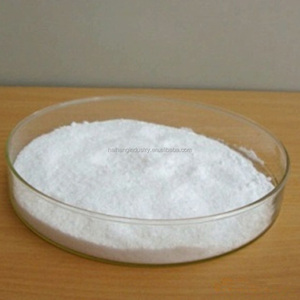
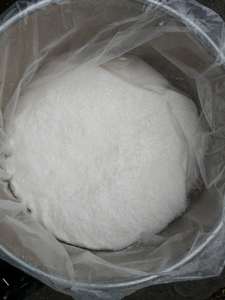


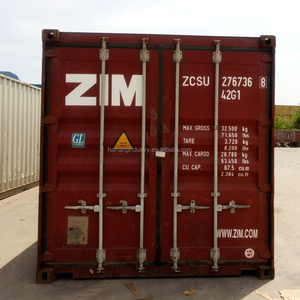























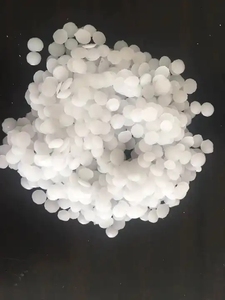










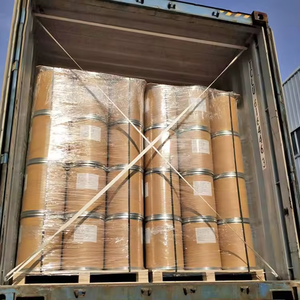




Parylene is a name used to refer to a group of polymers that are achieved through the pyrolysis of dimeric aromatic compounds to yield a poly(arylene) thin film. It is mostly used as a conformal coating for various electronic components. Parylene has varieties that differ in their chemical structures and the properties they possess. The following are some of the types:
Parylene C
This type of parylene has a high barrier property that makes it suitable for applications such as moisture and oxygen barriers. Its electrical insulating property makes it ideal for protecting electronic components. Parylene C is also highly resistant to chemicals and heat, making it suitable for use in harsh environments. Its low friction coefficient makes it useful for applications involving lubrication and as a lubricant.
Parylene N
This type of parylene is the most transparent of all and has no pendant chlorinated atoms. Parylene N is mostly used in applications that require excellent optical clarity, for instance, in protective coatings for optical components. Additionally, it has a higher permeation rate for gases and moisture compared to parylene C and D. This makes it suitable for applications requiring selective gas permeability.
Parylene D
Parylene D is a type of parylene with the lowest degree of polymerization. It has a highly branched structure, which gives it unique properties such as high flexibility and low density. It is mostly used in applications requiring a lightweight and flexible material, for instance, in coatings for flexible electronics and wearable devices.
Parylene HTS
Parylene HTS is a high-temperature type of parylene with a glass transition temperature of over 150°C. It is mostly used in applications that involve high operating temperatures, for instance, in aerospace and automotive components. Parylene HTS is also highly resistant to thermal degradation, making it suitable for long-term exposure to high temperatures.
Parylene AM
This is an interesting type of parylene that has been developed recently. It has unique properties that make it suitable for various applications in the medical field. Parylene AM is biocompatible and can be used in coatings for medical devices and implants. Its excellent barrier properties also make it suitable for applications requiring moisture and contamination protection.
When it comes to the design of Parylene, there are a number of key features to consider. These include the type of parylene, its thickness, surface design, and barrier properties. Each of these factors plays a crucial role in the overall performance and suitability of parylene coatings for a given application.
Types of Parylene
Parylene coatings are available in several different types, each with its unique properties. For instance, Parylene C is one of the most commonly used types and is known for its excellent moisture barrier properties as well as chemical resistance. Parylene N, on the other hand, offers superior electrical insulation properties but has slightly lower moisture barrier properties compared to Parylene C. Additionally, Parylene D has a higher temperature resistance and is often used in applications that involve exposure to elevated temperatures.
Thickness and Surface Texture
The thickness of a parylene coating can also be a significant design consideration. It can vary depending on the requirements of the application. Thicker coatings offer enhanced protection but may also be less flexible and more prone to cracking. Besides, the surface texture of the coating can affect adhesion properties and the performance of subsequent layers, such as adhesives or paints. Consequently, a smooth surface texture is generally preferred for electronic applications to ensure proper adhesion of components.
Barrier Properties
One of the key features of parylene coatings is their barrier properties. Essentially, they provide a barrier against moisture, dust, and chemicals, which is crucial for protecting sensitive electronic components. Moreover, the effectiveness of these barrier properties depends on the quality of the coating application. This includes factors such as uniformity, thickness, and the presence of defects like pinholes or cracks. Ideally, a well-applied parylene coating will offer excellent protection even in harsh environments.
Adhesion and Compatibility
Adhesion to substrates and compatibility with other materials is another critical aspect of parylene design. Different substrates, such as metals, plastics, or ceramics, may require specific surface preparation techniques to ensure strong adhesion of the parylene coating. Additionally, compatibility with other materials used in a device, such as solders or adhesives, is essential to prevent adverse reactions that could compromise the integrity of the coating or the performance of the device.
Process of Coating
Parylene coating is applied through a vapor deposition process. The process involves converting parylene polymer into a vapor phase. This is done at room temperature and under vacuum conditions. When the vapor phase comes into contact with the substrate surface, it condenses to form a thin, conformal coating. The coating process occurs at a low temperature, which enables it to adhere to a variety of substrates. This includes metals, ceramics, and certain polymers.
Coating Properties
The result of the coating process is a parylene film that is typically in the range of a few microns to several tens of microns in thickness. The film is transparent, inert, and has excellent barrier properties. These properties make it ideal for applications that require moisture and chemical resistance. Additionally, the coating exhibits low friction properties and can withstand a wide range of temperatures.
Wearing parylene can be a straightforward process if one follows the right steps. Typically, it comes in the form of a thin, transparent film or coating. This is often used as a protective layer for electronic components or other delicate items. Normally, to wear parylene, one needs to have items that are pre-coated with it or are coated in a specialized facility. Moreover, the application process usually involves vapor deposition, which converts parylene into a gas. This gas then polymerizes on the surface of the item. The result is a conformal coating that is both durable and moisture resistant. For users, wearing parylene-coated items feels similar to their uncoated counterparts, as the coating is usually invisible and adds little to no bulk.
To maximize its benefits, wearers should ensure that their parylene-coated devices are clean and dry before use. Also, they should avoid exposing the items to extreme heat or chemicals. This can compromise the integrity of the parylene coating. Regularly inspecting the coating for any signs of wear or damage is also critical. This ensures that it continues to offer protection and maintain its properties effectively over time.
Matching parylene with other materials or components requires consideration of several key factors to ensure compatibility and optimal performance. In most cases, users should look for coatings that have low surface energy. This allows for better adhesion and minimizes contamination issues. Additionally, users should select materials that have similar thermal expansion coefficients. This helps in reducing stress on the coating. This is especially important in applications involving temperature variations. Also, parylene is known for its excellent moisture barrier properties. Therefore, users should consider substrates that require moisture protection. This is commonly found in electronics and biomedical applications.
To achieve a successful match, it's important to consider the chemical compatibility of parylene with the substrate material. For instance, parylene-N works well with a wide range of materials, including metals, ceramics, and some plastics. However, its adhesion to certain plastics may require surface treatment. More importantly, they should be aware of the different parylene variants and their specific properties. For example, parylene-C offers superior barrier properties and corrosion resistance. This makes it ideal for harsh environments. Also, parylene-AV is preferred for high-temperature applications. By taking into account these factors, users can effectively match parylene with suitable materials. This ensures a high-performance coating system that meets the requirements of their specific application.
Q1. What is Parylene coating used for?
A1. Parylene coating is used for various applications, primarily for protecting electronic components and devices from moisture, dust, and chemical contaminants. Its thin, conformal coating enhances insulation and reduces corrosion and dielectric breakdown. It is commonly used in the aerospace, automotive, medical, and consumer electronics industries.
Q2. How does Parylene compare to other conformal coatings?
A2. Unlike other conformal coatings, Parylene is applied through a unique vapor-deposition process that allows it to form a uniform, pinhole-free coating. This method results in a thin, conformal coating that adheres well to complex geometries without the need for solvents or primers. Parylene also offers superior moisture and chemical barrier properties compared to many other coatings.
Q3. Is Parylene coating suitable for high-temperature applications?
A3. Parylene has a maximum operating temperature of around 125°C (257°F). While it performs well in moderate temperature environments, it may not be suitable for applications that exceed its maximum temperature range. Alternative coatings with higher temperature resistance may be required for high-temperature applications.
Q4. Does Parylene have any dielectric properties?
A4. Yes, Parylene has excellent dielectric properties, making it an ideal choice for insulating electronic components. It has a high dielectric strength and a low dielectric constant, which helps reduce capacitive coupling between adjacent components and minimize signal distortion in high-frequency applications.
Q5. Is Parylene coating biocompatible?
A5. Some Parylene variants, such as Parylene C and Parylene N, have shown biocompatibility in specific tests. However, the suitability of Parylene for a particular medical application depends on the specific biocompatibility requirements and tests. It is essential to consult relevant biocomcompatibility data and standards for each application.